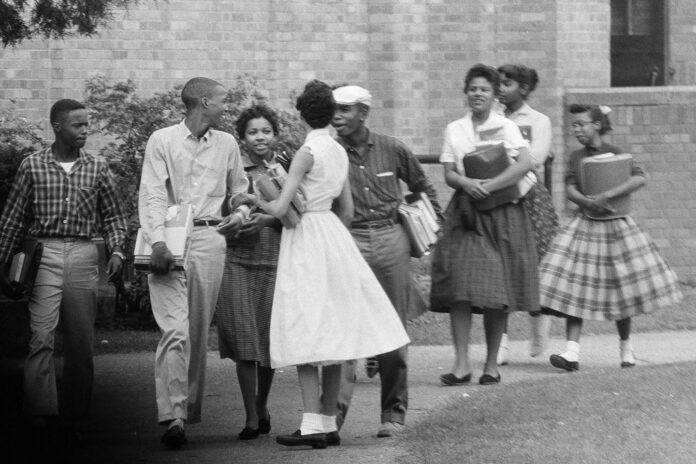
A federal court ended a 20-year-long school desegregation order in Plaquemines Parish, Louisiana, after it was officially lifted in a controversial and closely watched decision. It was an order in place since 1966, having followed decades of public segregation of its schools on the basis of race. This ended almost 60 years of federal oversight, forcing a deep reaction from both sides to the debate.
First, the desegregation order was made to require equal access to public education for Black and white students. In recent months, it was part of a broader fantasy of similar court-mandated orders throughout the U.S. after the landmark 1954 Supreme Court ruling, Brown v Board of Education. Later, the ruling that segregation in public schools was unconstitutional did not mean integration was realized immediately, taking years of action in courtrooms and laws.
How the Order Was Lifted
After a joint motion by the U.S. Department of Justice and the Attorney General of Louisiana, the decision was made to terminate the order. They stated that all the legal obligations had been fulfilled and the school district did not need federal oversight anymore. The decision was backed up by Plaquemines Parish Superintendent Shelley Ritz, who added that this order is unnecessary and puts unwarranted demands on the relatively small district.
The case was delayed by some legal complications, including the death of the original presiding judge and the loss of court papers. After the matter was resolved, the court agreed with the argument that the district had full compliance with desegregation goals.
Concerns from Civil Rights Advocates
Many civil rights groups viewed the decision as a major setback, while state and federal officials praised it as symbolizing progress. Lifting the order would quickly bring racial imbalances back to public schools, say advocates. They cite studies that indicate that more schools in the U.S. are now racially segregated than were even several decades ago, in particular in the southern states.
They say removing federal oversight will allow districts to do what they want, and critics say that will remove a critical, if not the only, safeguard of ensuring that schools serve all children equitably. Without the order in place, they dread that school zoning, the practice of admission, and access to resources once again would favor white students over those of color.
A Risk of Re-Segregation
The facts are that when court supervision ends, studies have shown that a school district typically re-segregates quickly. In states where similar orders were lifted, this trend has already occurred. More desegregation orders in Louisiana — and perhaps more broadly across the state — may be reviewed for termination as Louisiana Attorney General Liz Murrill has indicated, and that could lead to more such terminations, said Louisianans for Better School Finance.
One hundred and thirty school districts in the country still have some level of federal desegregation order. Experts in education policy warn that removing too many of these legal protections without significant steps toward equity could derail decades of civil rights work.
Also read: Drone Attack on Gaza-Bound Aid Ship Near Malta: Crew Safe
The Ongoing Struggle for Equality
While the district claims to have fully integrated, the fact remains true to date that true equality in education has not yet been realized. While not necessarily solving those disparities, experts say a truer resemblance to schools and law enforcement around the country was created. However, they end the order, they do not resolve the underlying problems.
Johnathan Smith and Halley Potter have also spoken out against the court’s decision. They call on impelling continued monitoring, transparency, and community involvement to design schools inclusive and fair.
Conclusion
An era of school desegregation is now over in Louisiana’s Plaquemines Parish, but not necessarily the battle over educational equity. While it is being looked upon by some as progress, some consider it the beginning of the end and a warning sign of backsliding. The debate has reignited national conversations on race, equality, and the federal burden on public education. Other school integration cases shifting through the courts hang in the balance, as their futures rest in the hands.







